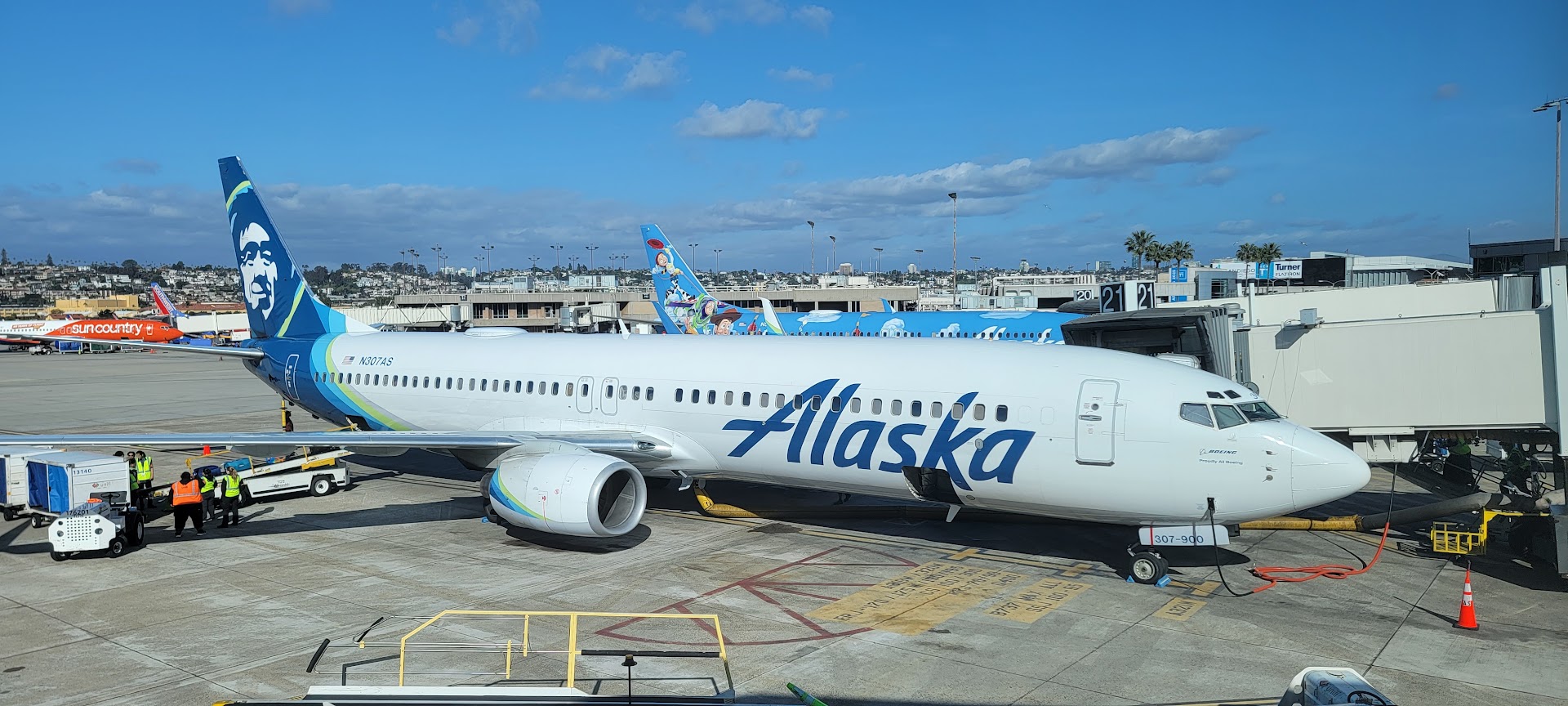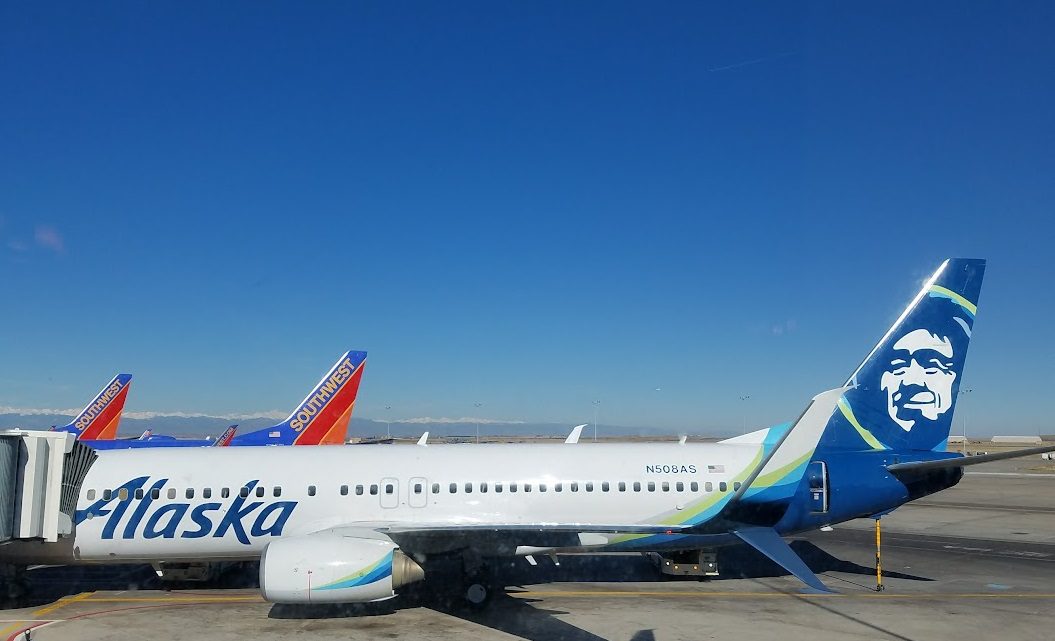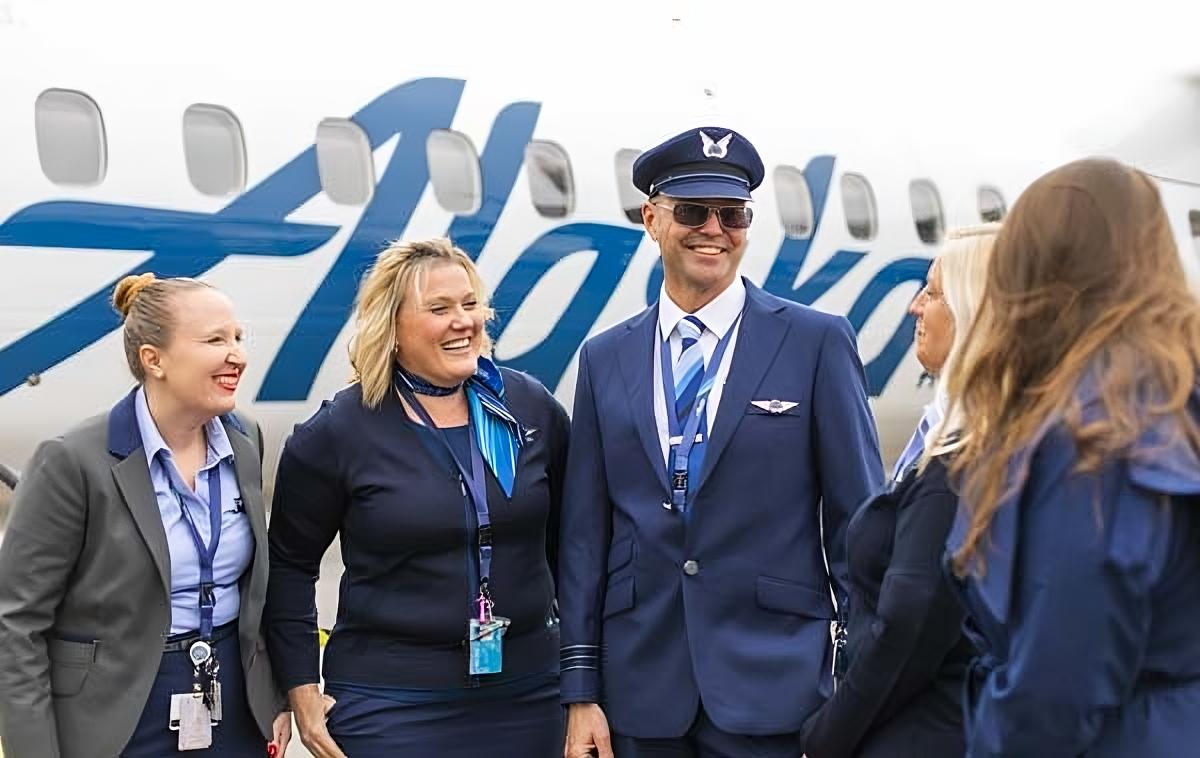Alaska Airlines Mileage Plan will almost certainly move to revenue-based mileage earning for flights. The airline’s Vice President who oversees loyalty has been telegraphing this in multiple conversations. He doesn’t come out and say the decision has been made, but he’s been claiming that they recently looked at it and that members prefer it.
- He wouldn’t be talking up the idea if it wasn’t going to happen
- And he wouldn’t be saying members want it, and then not do it
Here’s one example,
“We did research last year, a majority of guests want to earn based on revenue, its what they’re used to whether it’s Sephora or an airline or a hotel, they’re compensated on the amount they spend,” he said. “I’m not saying Alaska is going to go that direction, but what we’re hearing from guests is that they understand revenue, its easy, they get it, and by and large it’s now a preference for our cohort of travelers.”

Alaska made clear in the past that their members are made worse off by revenue-based mileage-earning.

What works for Alaska instead is to offer bonuses for people buying the most expensive tickets while still awarding miles based on distance flown. That’s the solution that the American AAdvantage team wanted a decade ago, but they were overruled by Scott Kirby and Andrew Nocella.
It’s also not a binary choice – Alaska could certainly set up high yield premium cabin fares to earn based on the lesser of fare or distance if they wished.

Part of how they held back Delta at their Seattle hub was by being more generous with their loyalty program, it’s a true point of differentiation since Delta itself admits they aren’t trying to offer strong value through theirs. It would be an ironic time to make the shift, as Alaska moves into long haul.
- “Revenue-based accrual” has nothing to do with the profitability of a customer.
- A flyer who spends $500 miles flying Seattle – Los Angeles is not the same as one spending $500 to fly Seattle to Tokyo or Seoul.
- And a program that encourages someone to choose Alaska for a seat that would otherwise go empty is far more profitable than one that merely gives miles to someone flying Alaska anyway, choosing them because of a corporate deal or GSA city pair contract.

What a loyalty program wants to do is spend money to generate incremental business not ‘reward best customers’ (even if this was how to approximate best customers).
Always and everywhere that loyalty programs have moved to revenue-based models, whether for accrual, redemption, or both they have become less valuable. It may not necessarily be true that moving to revenue-based means they have to become less valuable, however in each and every case that a program has made this transition it’s come along with devaluation. Maybe the highest spenders feel that devaluation less but universally there’s devaluation.

Ultimately, what sets Alaska apart is their loyalty program. It would be a shame to see that end. However it seems that’s what the airline’s Vice President overseeing loyalty is telegraphing for the future. When this would happen isn’t exactly clear, although it seems like a poor idea to roll it out with the new combined Alaska-Hawaiian loyalty offering, since they want to project improvement not devaluation and even agreed with DOT not to devalue as part of gaining anti-trust approval for the merger.
